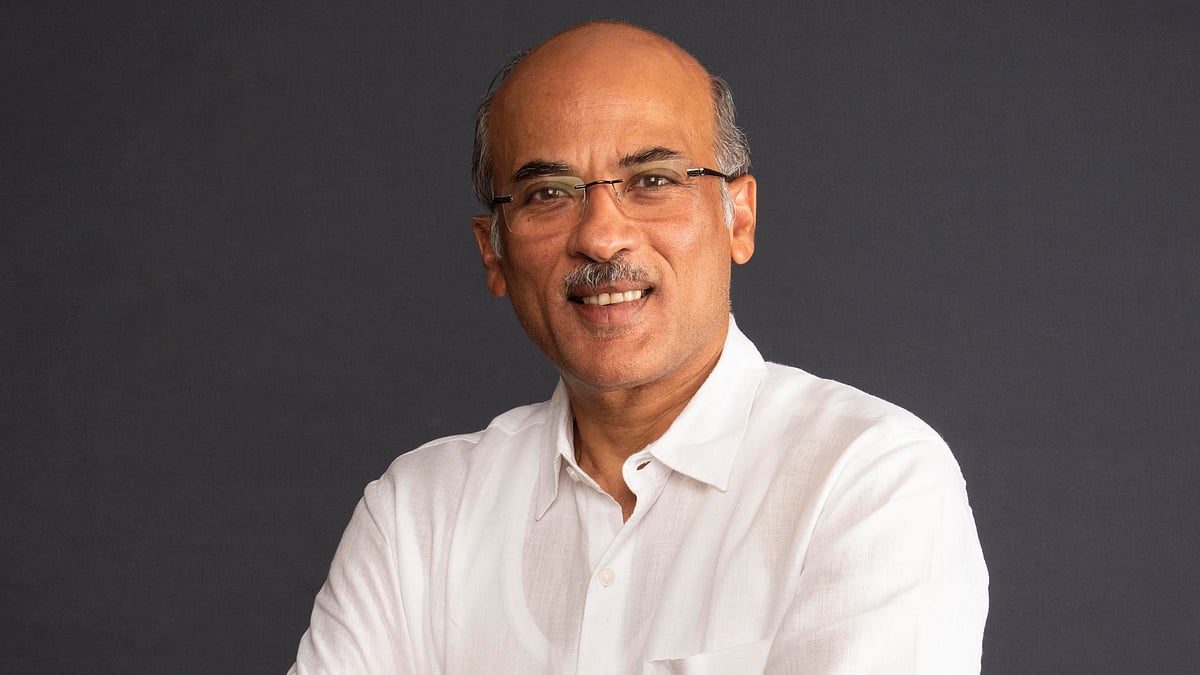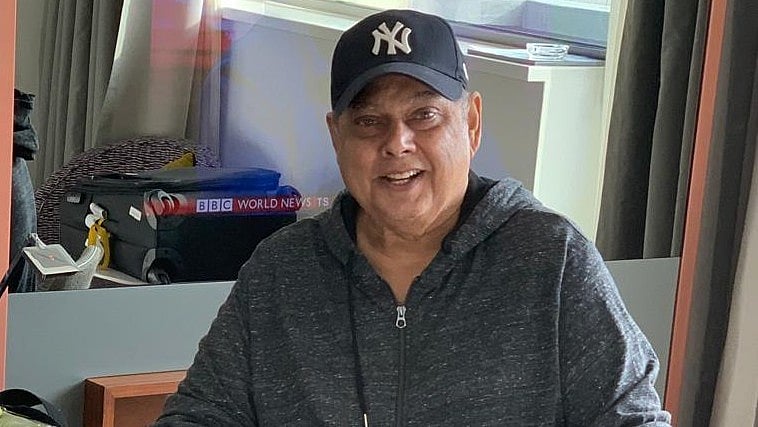Nirgun Brahmbhatt, is just one of the 80,000-odd volunteers who spent months preparing for the mega month-long celebrations that began in Ognaj on the outskirts of Ahmedabad on 14 December. Brahmbhatt has come from Sydney, Australia where he works as a senior portfolio manager. The idea was to do his bit of “seva” for the event.
Brahmbhatt, like many Non-Resident Indians (NRI) — mostly Gujaratis — is not bothered if his professional work suffers because of the months he is spending in Ahmedabad. He says, “Pramukh Swamiji worked for us all his life. This is our time to give and the ‘seva’ here is one way of paying our obeisance.”
This is the birth centenary celebrations of Pramukh Swami Maharaj of Bochasanwasi Akshar Purushottam Sanstha (BAPS), the fifth scion of Lord Swaminarayan. The preparation involved creation of an entire city of sorts, Pramukh Swami Maharaj Nagar, set up over 600 acres on the city’s outskirts in Ognaj on lands donated by many. The Pramukh Swami Nagar has seven large decorative gateways, a 30-foot-tall idol of Pramukh Swami, a replica of Delhi’s Akshardham Temple, a glowing garden, exhibitions pavilions, and Bal Nagari for kids and several other exhibitions. It will host many spiritual discourses through the month.
So sprawling is the makeshift town that Prime Minister Narendra Modi and the current head, 89-year-old Mahant Swami Maharaj took a tour of the venue in a battery-operated jeep.

Pic: ANI
Lakhs of devotees from across the globe, global delegates and political and business leaders are expected to participate in the month-long celebrations.
Devraj Pandya, a chartered accountant in Canada for last six years, arrived days before the celebrations began and will leave only after the celebrations on January 15. Pandya, whose family has been followers of the BAPS for three generations, says, “My family has been associated with BAPS for three generations. Losing some dollars by a break of three to four months is nothing when we look at what Pramukh Swamiji did for all of us. There is a saying that a mother’s love can’t be measured in money. I have been offering my services as a volunteer here for the last ten days and will be here till the end of the festival. For NRIs, be it volunteers or visitors, visiting this festival will prove to be a moment of lifetime.”
The Swaminarayan ascetics, as a rule, do not interact with women, not even through emails. Deval Panchal, who is a volunteer of the media team of BAPS, informs that 800-plus saints associated with BAPS across the world do not have any kind of interaction with women, not even through social media or emails. “This is a key trait of the Swaminarayan community. The lord said Kanchan and Kamini (money and women) are obstacles to Karma,” he elucidates.
Prachi Brahmbhatt, who has been planning for the centenary celebrations for the last one and a half years, is an exception this year. She considers herself to be blessed to be given the opportunity. “I am here for 35 days continuously now and had accumulated my leave to be able to do so,” she shares.

BAPS, though is known as a temple franchise, it’s more than just that. It is an organisation which is at the forefront during relief operations for any calamities. The Swaminarayan sect in Gujarat draws immense political patronage and power across the spectrum.
As social and political scientist Achyut Yagnik puts it, “If the Dwarka and Somnath temples are the traditional symbols of the Hindus, the Swaminarayan temples are the modern symbols.”
Origin of the swaminarayan sect

Mahant Swami |
Lord Swaminarayan, whose original name was Nilkanth, was a Brahmin from Chhapaiya near Ayodhya who became a sadhu at an early age. He set up the Swaminarayan Sampraday on the principles of Vaishnavite tradition of Hindu sanatan dharma. He came to what is now Gujarat in 1801 and preached there till 1830. Swaminarayan was always for social reforms — principles of non-violence, prohibition and peace. The backward communities of that time embraced his teachings to find a higher social status. Patels, who were then considered OBCs, were the major beneficiaries and benefactors of the sect. That explains the sect’s five major offshoots — two represented by grihasths and three by sadhus. With the principles of the Swaminarayan sect spreading throughout the world, there are lakhs of followers and they are the ones who contribute huge donations. With time came prosperity. Many of Swaminarayan’s followers migrated abroad, while others acquired wealth or set up successful businesses back home. Today, the sect has support of the powerful Patel community, a force to reckon with in Gujarat politics and business.
The fifth scion

Pramukh Swami Maharaj |
Ravjibhai handed Shantilal Patel a note from Guru Shastriji Maharaj in a sealed envelope. The note to Shantilal, who was by then 18, stated: “Come over to become a sadhu.” He immediately rushed home and showed the note to his parents. Believers of the Swaminarayan sect, his family saw this as a god-sent and prepared their son to relinquish world pleasures. That day was November 7, 1939. He went on to become the fifth scion of Lord Swaminarayan, soon to be anointed as the fifth scion of Lord Swaminarayan in 1950, whose centenary celebrations are on at Ahmedabad.










